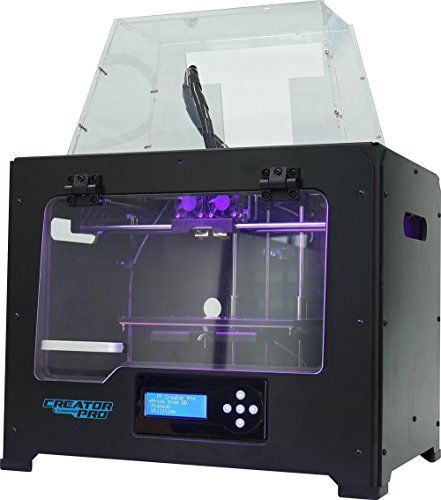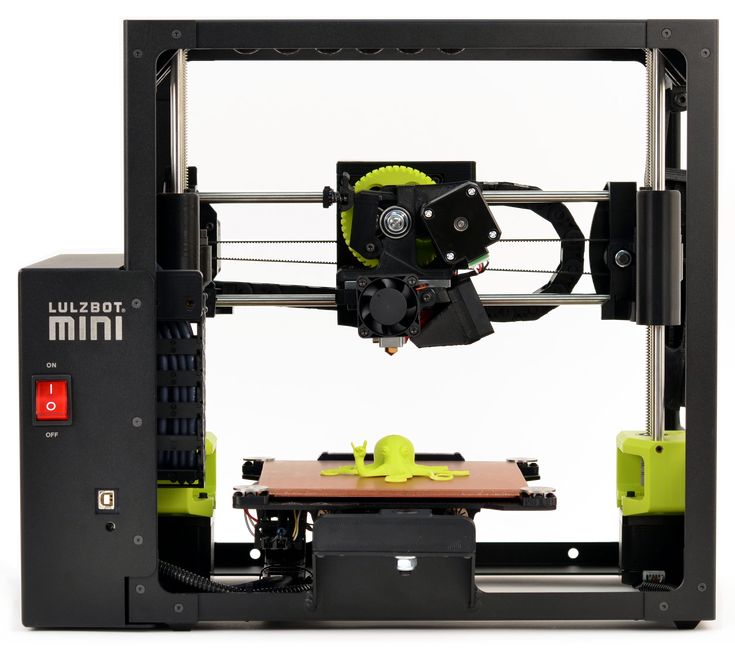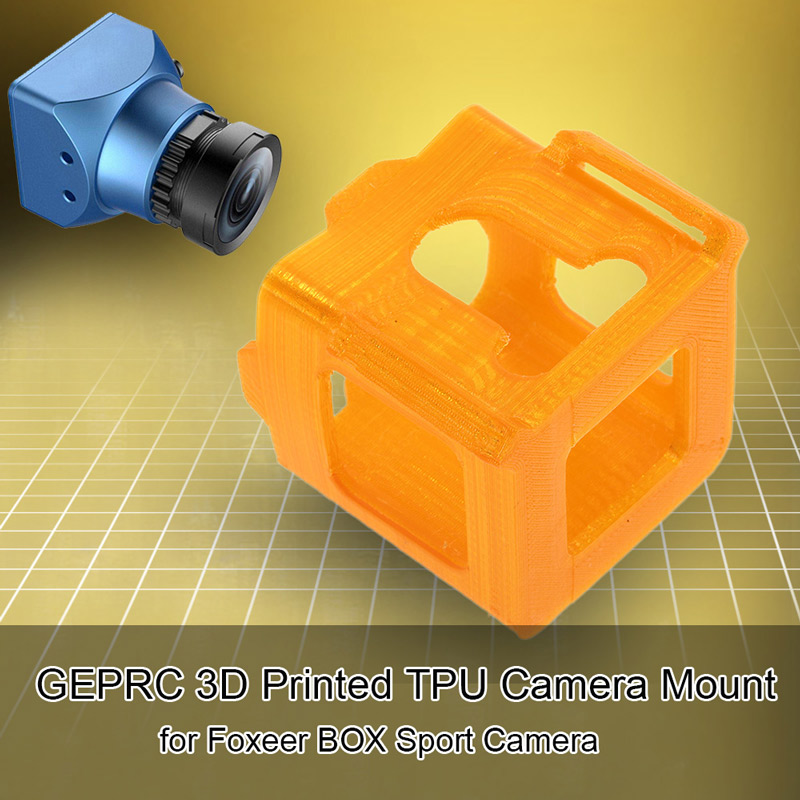Scanner 3d industriale
Industrial 3D Scanners With Blue Light Technology
Prev Next
Attending IMTS 2022? Here's What To Expect
Your Guide to High Precision Metrology Services
Is a High-Resolution 3D Scanner Worth the Investment?
The Checklist Every Professional Needs for Choosing a 3D Scanner for 3D Printing
What You Need to Know Before Implementing Automated Inspection
ATOS is metrology tested, aerospace certified accurate, and widely recognized as the preferred measuring tool.
The ATOS series of high quality industrial structured blue light 3D scanners provide precision scans with detailed resolution at high speeds. ATOS is a type of a coordinate measuring machine CMM that utilizes optical non-contact technology to capture millions of accurate points in a single fast scan.
There are different names for this technology, such as, an optical measuring machine, optical 3D scanner, white light 3D scanner, blue light laser scanner, non-contact 3D scanner, etc. ATOS is engineered with advanced hardware and intelligent software for repeatable accurate measurements with flexibility and process reliability.
The ATOS generation of industrial 3D scanners is the most innovative optical measuring system for 3D coordinate measurement on the market. It is widely utilized in various industries, and can measure different object sizes, surface finishes, and shape complexities.
The science behind the technology.
In simplest terms, based on the principles of triangulation, the projector projects a fringe pattern across the part’s surface and as the patterns rapidly shift during each scan, the two cameras capture the distortion to calculate the 3D coordinate measurements.
In a comparison to a traditional coordinate measuring machine (CMM), which takes a single measurement at each programmed point where the probe contacts the surface of the part, or an industrial 3D laser scanner that gathers measurement in strips or lines of data, ATOS is an optical non-contact measuring system that captures full-field scans of a volumetric area collecting millions of points per scan.
ATOS setup is minimal and each measurement can take less than 1 second. It does not require specialized programming skills or highly accurate fixtures. ATOS discovers discreet problematic areas that would have been undetected by traditional measurement methods by quickly scanning the entire object (part, mold, tool, die, etc.) in an accurate and dense point cloud.
This digital 3D blue print of the object’s geometry is then compared to CAD with a 3D inspection color map displaying a spectrum of colors that signify areas in and/or out of tolerance.
As the saying goes, “A picture is worth 1,000 words.” The 3D color map takes the uncertainty away so the optimal corrective action can be applied eliminating iterations and saving an enormous amount of costs and time that were once being spent on rework.
-
- Highly accurate traceable 3D measurements
-
- Detailed high resolution scans
-
- Quick data collection
-
- Advanced parametric inspection functionality
-
- Complete metrology solution for dimensional analysis (GD&T, trend analysis, industry specific inspection functionality, and much more…)
-
- Comprehensive reporting
Developed for industrial use, the ATOS 5 delivers high-precision data in a short measuring time even under harsh conditions. The full-field 3D measuring data allows…
The full-field 3D measuring data allows…
Engineered specially for the Industrial Gas Turbine Industry whether aerospace or ground powered applications providing accurate measurements for airfoil inspection. The ATOS 5 Airfoil delivers…
The ATOS 5X uses an integrated Laser Light Compressor to generate ultra-bright light, which allows for measuring areas of up to 1000mm while keeping exposure…
The ZEISS T-SCAN hawk is a lightweight handheld 3D scanner that supports you through heavyweight work. Powered by pre-installed GOM Inspect software, it takes you…
GOM Scan 1 is a compact optical CMM that hits industrial standards such as GOM fringe projection technology and Blue Light Technology to deliver accurate…
The ATOS Q is a powerful compact 3D scanner that acquires high-definition three-dimensional scans with high precision of various objects ranging from small to medium-sized…
The ATOS Capsule is an optical precision measuring machine (OPMM) for full-field 3D scanning of part geometries for dimensional inspection and/or reverse engineering applications. The…
The…
The ATOS Compact Scan provides accurate scans with detailed versatile resolution at high speeds. This modern portable 3D scanner is engineered with high-quality components and…
The GOM CT scanner enables the inspection of complex parts based on volumes. All surfaces—even internal structures—can, for example, be used for shape and dimension…
The ATOS Plus intuitively integrates photogrammetry with ATOS sensors to further advance automation, dimensional inspection analysis, verification, and process safety with a touch of a…
The GOM Touch Probe is an ATOS add-on option that enables 3D discrete point measurements in conjunction with ATOS full-field measurements for direct comparison to…
© Copyright 2022. Capture 3D, Inc. All Rights Reserved.
3D Scanners | Professional and Best 3D Scanners
Scantech 3D scanners are non-contact metrology systems which utilize laser or structured light based scanning technology. Integrating optical scanners with CMM is the preferred 3D metrology solution to drive your business to great success. Scantech supplies professional handheld 3D scanner and automated 3D inspection system in all product manufacturing and production phases.
Integrating optical scanners with CMM is the preferred 3D metrology solution to drive your business to great success. Scantech supplies professional handheld 3D scanner and automated 3D inspection system in all product manufacturing and production phases.
These innovative professional 3D laser scanners increase your productivity and optimize your product life cycle management without the need to compromise between accuracy and efficiency.
Due to the ability of our 3d scanner to measure tough-to-reach and complex geometrical features with precision and reliability, Scantech 3D scanning technology has been widely adopted in various industries. Engineers, product designers, and researchers use 3D scanners for automotive, aerospace, heavy machinery and 3D printing.
Composite 3D Scanner
Ultra-high precision metrology-grade 3D scanner
The first portable 3D scanner that combines infrared and blue lasers, offering five standard working modes.
Learn More >
Handheld 3D Scanner
Designed for 3D scanning narrow spaces
Handheld 3D laser scanner can be used to accomplish on-site tasks in places such as narrow spaces or unstable environments.
Learn More >
Global 3D Scanner
Accuracy booster for large-scale project
AXE series 3D laser canners have a built-in photogrammetry system to provide metrology-grade 3D solutions without the help of extra devices.
Learn More >
Tracking 3D Scanner
Metrology-grade 3D scanning without markers
TrackScan series 3D laser scanners enable unprecedented accuracy, simplicity, portability, speed and efficiency for 3D inspections.
Learn More >
Automated 3D System
Designed for automated quality control application
Scantech automated 3D solution are manufacturing companies who want to increase their productivity.
Learn More >
Color 3D Scanner
Realistic texture capturing especially for human body
Without attaching markers, a quick texture capturing and geometry acquisition can be achieved.
Learn More >
Photogrammetry System
Designed for large-scale metrology projects
Scantech MSCAN series perform volumetric accuracy for large-scale projects and parts from 2 m to 10 m.
Learn More >
Accessories
New Superpower for Wireless 3D Scanning
Smart wireless communication link, specially designed for mobile 3D scanning in areas with no power supply.
Learn More >
An easy way to get to know our full-range of 3D scanners
Explore the difference between 3D laser and structured-light scanners and core factors, such as accuracy, resolution, and scanning rate when choosing 3D scanners.
Download PDF
ScanViewer
Along with manufacturing handheld 3D scanners, Scantech develops 3d scanning software, ScanViewer, with comprehensive functions. Designed to meet the needs of both beignner and experienced users alike, it is the best choice for any application.
Integrated Scan & Inspection 3D Software
ScanViewer powers the entire fleet of 3D scanning and measurement technologies. The 3D data processed by ScanViewer can be imported to 3D design software for furture use.
Learn More >
Need help choosing the right 3D scanner?
Our 3d scanning experts will give you all the info you need for choosing the right 3D scanner for your workflow.
Ask An Expert
Powerful 3D scanning solutions for your industry
Scantech's line-up of fast and powerful scanning solutions take your workflow to an unbeatable level, be it reverse engineering a plane, or inspecting a complicated part. When it comes to ultra-precise 3D measurement, Scantech 3D scanners are your first choice.
When it comes to ultra-precise 3D measurement, Scantech 3D scanners are your first choice.
Reverse Engineering
Using a 3D scanner that will capture the complex geometric characteristics of a given part is a great way to develop a CAD file when one is not available. Scantech 3D scanners help reverse engineering a physical product.
3D Printing
With the continuous improvement of the machinery manufacturing level, the requirements for quality control of parts and components is of the utmost importance. Scantech 3D scanner provide accruate 3D inspection.
Inspection
With the continuous improvement of the machinery manufacturing level, the requirements for quality control of parts and components is of the utmost importance. Scantech 3D scanner provide accruate 3D inspection.
Scantech 3D scanner provide accruate 3D inspection.
3D Visualization
3D visualization refers to the process where graphical content is created using 3D software. Scantech 3D scanners help objects into digitization.
Product Development
Product development is a process starting from concept inception, to design, development, and commercialization. Scantech 3D scanners can help obtain 3D data of the products quickly and accurately.
Automated 3D Measurement
Companies are further optimizing their manufacturing and production processes by advancing to automation. Scantech automated 3D system provide high quality and turn-key automated solutions that are engineered for a seamless integration.
JOIN OUR EMAIL LIST
Get Updates from SCANTECH
3D Model
Automotive
Machinery Manufacturing
Mold
Antique&Sculpture
View more
Industrial laser scanner (3D laser scanner)
Buy 3D laser scanner
You can buy a 3D scanner in the corresponding section of the catalog.
Introduction
What is a scanner in general, every computer user probably knows. This is a device with which you can not only copy an image, but also create its "digital analogue", that is, enter it into the computer's memory. But what to do if there is a need to create a “digital analogue” not of an ordinary photograph or drawing, but of the most voluminous object, moreover, of a decent size?
But what to do if there is a need to create a “digital analogue” not of an ordinary photograph or drawing, but of the most voluminous object, moreover, of a decent size?
To do this, you also need a scanner , but not the most common, but a 3D laser scanner , capable of analyzing an object and immediately creating its model in a 3D format that has become so popular lately.
Let's get to know this device better.
In what area is the 3D scanner used?
The most common laser equipment is used in three areas: construction, architecture and industry . Particularly useful 3D scanners for construction work, because such a device, unlike more traditional methods, allows you to most accurately and completely recreate information about an object.
Thanks to this, it is possible to significantly reduce the time spent on field work at the preliminary stage. In addition, the Laser Scan works well with standard geodetic surveying methods, but in contrast to them, it is able to provide more visual, detailed and accurate results that can be reused.
Even modern cartography cannot do without the laser scanners. It is with their help that the most accurate maps, traffic patterns and plans are created. But they are absolutely indispensable, of course, when it comes to construction. 3D laser scanner is able to determine with high accuracy any deviations of a physical object from the indicators planned by the project. This makes it possible to detect defects in buildings already at the early stages of construction, correct them and thereby make the life of future building occupants safer.
With this equipment , it is quite convenient to periodically monitor objects in order to find out if the structure has undergone settlement or deformation and whether repairs are needed before the changes become more global. This observation allows more efficient use of resources.
Only with the use of "volumetric" lasers has it become possible to determine with sufficient accuracy the dimensions of a cut or embankment during earthworks, calculate the tilt of a building or structure, and perform other types of work in which measurement accuracy is a priority.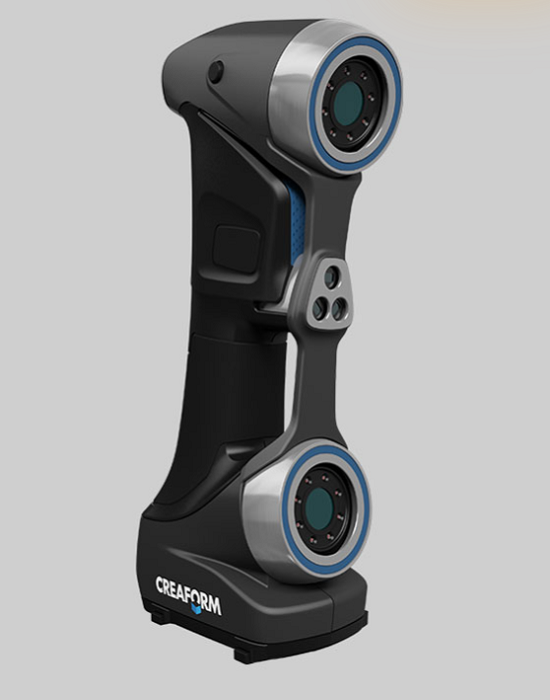
But a particularly important application for the 3D laser scanner has been its use in hazardous locations. Using such methods of remote control of the device as Wi-Fi or cable, 3D Scanner allows you to take measurements even in places that are dangerous for human stay. Thus, this device not only provides accurate information, but also makes the work of people less prone to the risk of various kinds of injuries and injuries.
Types of 3D scanners
Like any other data acquisition device, volumetric scanners can be divided into several types. The main type are non-contact scanners.
This type of equipment involves recreating a model of an object without direct "contact".
Non-contact scanners are divided into:
• Active
• Passive
Active 3D scanners emit specific waves directed at the object. Most often, light or a laser beam is used as a meter.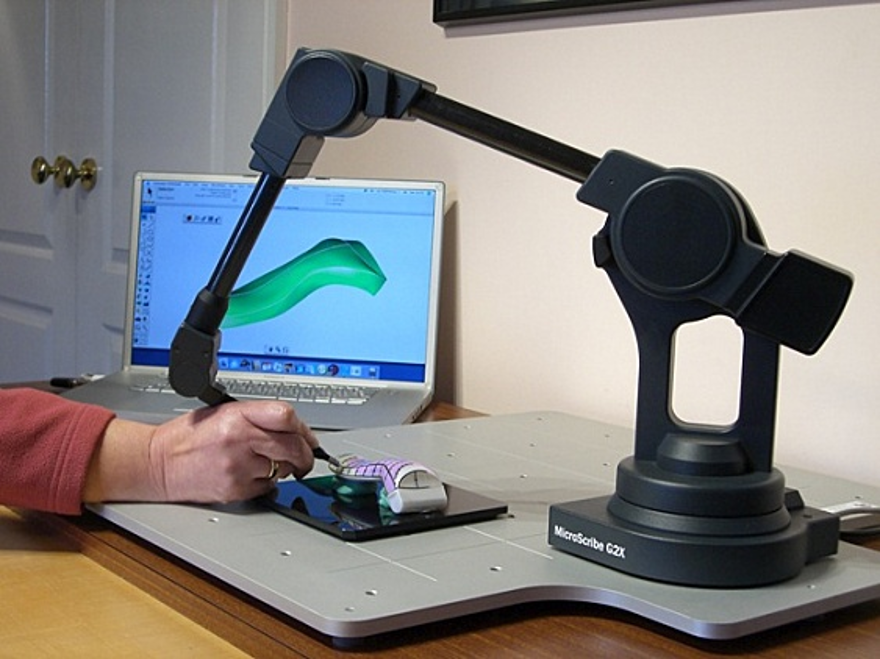 Ultrasound or x-rays are also sometimes used. As a result of such an "act" the scanner detects the reflection of the emitted waves, and based on it creates a model of a real object.
Ultrasound or x-rays are also sometimes used. As a result of such an "act" the scanner detects the reflection of the emitted waves, and based on it creates a model of a real object.
Passive scanners do not emit any radiation. On the contrary, they use reflections that are always present around the object, such as light. In the same way as their active "brothers" they analyze the received information about the object and recreate it into a layout, ready for further processing in various ways.
Models created by scanning are saved and can be recreated as many times as needed. Thus, it is especially convenient to use such layouts for engineering calculations.
But the classification of laser scanners does not end there.
Depending on the scale of the measurement area, 3D laser scanners are divided into facade and interior. The latter are focused on the widest possible scanning area and can cover huge objects. But they are not able to carefully read information about an object located far away.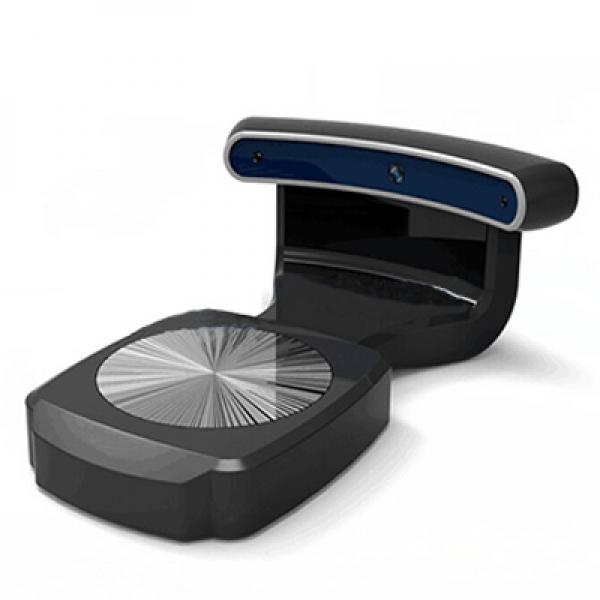 Thus, this type of "meter" is best suited for reading information about interior objects or enclosed spaces. They will do a great job of creating a model of a cave or tunnel, but they will fail when it comes to open spaces.
Thus, this type of "meter" is best suited for reading information about interior objects or enclosed spaces. They will do a great job of creating a model of a cave or tunnel, but they will fail when it comes to open spaces.
Facade scanners , on the contrary, stand out for their range. What's more, they are able to scan open areas at amazing speeds and are best suited for creating models of open areas that are filmed from different angles.
Laser scanning technology
Let's take a closer look at how an image is created, which is a layout. Thanks to the radiation that comes from the analyzed object, each 3D 9The 0009 laser scanner accurately determines the coordinates of every point on an object's surface. The result is a so-called cloud of points, each of which has clear and extremely accurate three-dimensional coordinates. This is called a scan, which turns into a three-dimensional model. Depending on the size of the object and the properties of its surface, the number of points required to create a layout can vary from several thousand to hundreds of millions.
Features of the contact scanner
Non-contact scanners , especially passive ones, are highly dependent on environmental conditions. With their help, you cannot take measurements, for example, at night, when the lighting is not bright enough, because they use light to create a model. Contact 3D laser scanners do not have this disadvantage. They circle the object with a special highly sensitive probe and, based on the data obtained, create a three-dimensional model of the object in the computer's memory. As a result, files are obtained in a much smaller volume and, what is especially important, 3D scanning of the edges and faces of the object is carried out most accurately.
Parameters for choosing a laser scanner
Like any equipment, the 3D laser scanner has certain “quality parameters”, that is, characteristics that make it worth using a particular model.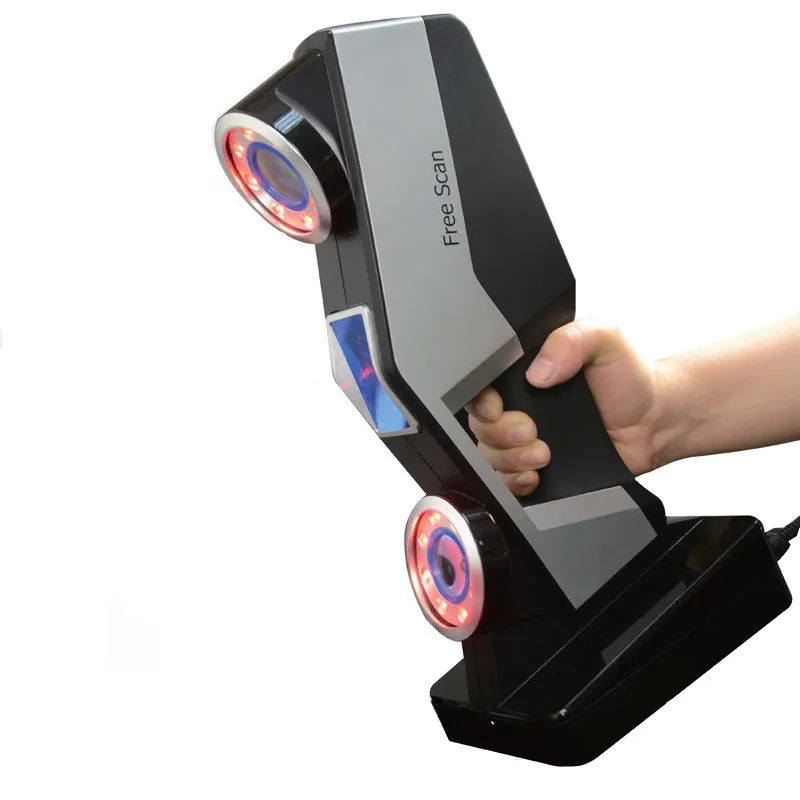 Like many devices, the main quality characteristic for the laser equipment is the speed of operation. The faster such a “meter” creates a picture in a computer, the more expensive it is and the better it is considered.
Like many devices, the main quality characteristic for the laser equipment is the speed of operation. The faster such a “meter” creates a picture in a computer, the more expensive it is and the better it is considered.
The parameters of the scanner itself are also of great importance, because a bulky device will be inconvenient to transport and use.
However, when comparing all existing parameters, the undoubted leader, among all available industrial laser 3D scanners , is the company's products FARO .
Particular attention of researchers is attracted by the FARO Laser Scanner Focus-3D scanner, which literally in a matter of minutes recreates a three-dimensional image of any image.
Among the main advantages of this company's scanners is the highest speed - up to 976,000 points with coordinates in just one second. At this speed, you don't have to wait long to create the layout of an object. Thanks to this, working with equipment is extremely convenient and pleasant.
FARO pays special attention to the price of its equipment . Usually laser scanners are quite expensive, but with each model this manufacturer raises the standards of work, while at the same time making the cost of volume scanner more affordable. The same FARO Laser Scanner Focus-3D costs exactly two times less than the previous model, despite the fact that it is considered one of the most efficient of all existing at the moment.
The interface of the industrial 3D laser scanner is also quite important: all products of the aforementioned company have an intuitive interface, which can be used in just a few minutes. This approach allows you to save time on staff training, and, consequently, save money spent on the entire construction process.
Autonomy is a parameter of the scanner that deserves special attention. Only a high-quality battery capable of holding a charge for several hours on end can guarantee that all calculations will be done. faro laser equipment is usually equipped with lithium-ion batteries, which can provide up to 5 hours of full autonomy of the device.
faro laser equipment is usually equipped with lithium-ion batteries, which can provide up to 5 hours of full autonomy of the device.
And of course, additional functions will be an indisputable advantage of this type of device. For example, remote control capability industrial laser 3D scanner wireless Wi-Fi connection is literally indispensable when you need to take measurements in hazardous areas.
Purchase, acquisition of 3D scanner
TheFocus 3D X130, a new member of FARO's X-series of scanners, delivers excellent performance combined with a small size and weight - both indoors and outdoors. With a range of 130 meters and built-in GPS, the scanner is great for a variety of tasks.
The FARO FOCUS3D X330 laser scanner is a new version of the proven FARO Focus 3D with a range increased to 330m. FARO FOCUS3D X330 is a revolutionary solution that opens up new possibilities for you in the 3D world. A 3D laser scanner with this range has never been so affordable.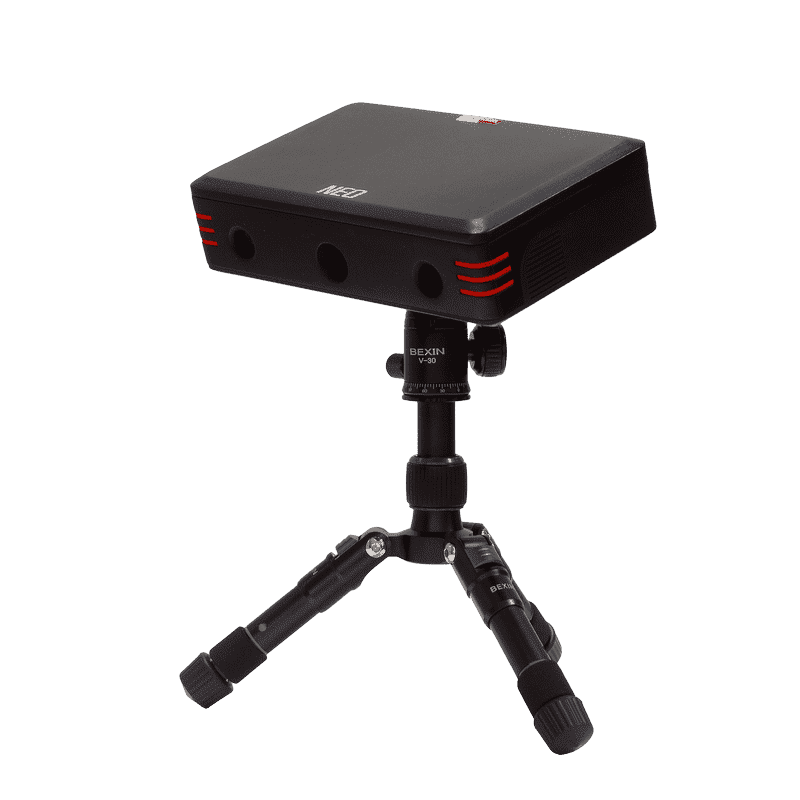
Manual digitizing system. The all-in-one solution for 3D scanning in a new dimension
Product MVC-F5 SR, handheld laser digitizing system, a revolution in the 3D scanning industry. It is the smallest and lightest handheld 3D scanner on the market today.
3D scanner for production facilities
Toggle Nav
Back
June 29, 2021
Industrial 3D scanners digitize and create mathematical models of objects. This equipment is portable and can be moved and scan large objects from multiple sites. Devices calculate the distance to the surface of the object, fix the coordinates of points and build accurate 3D models.
Industrial 3D scanners differ in scanning range and accuracy - there are modifications for small details, options for large parts and objects, for creating a digital version of the landscape and structures.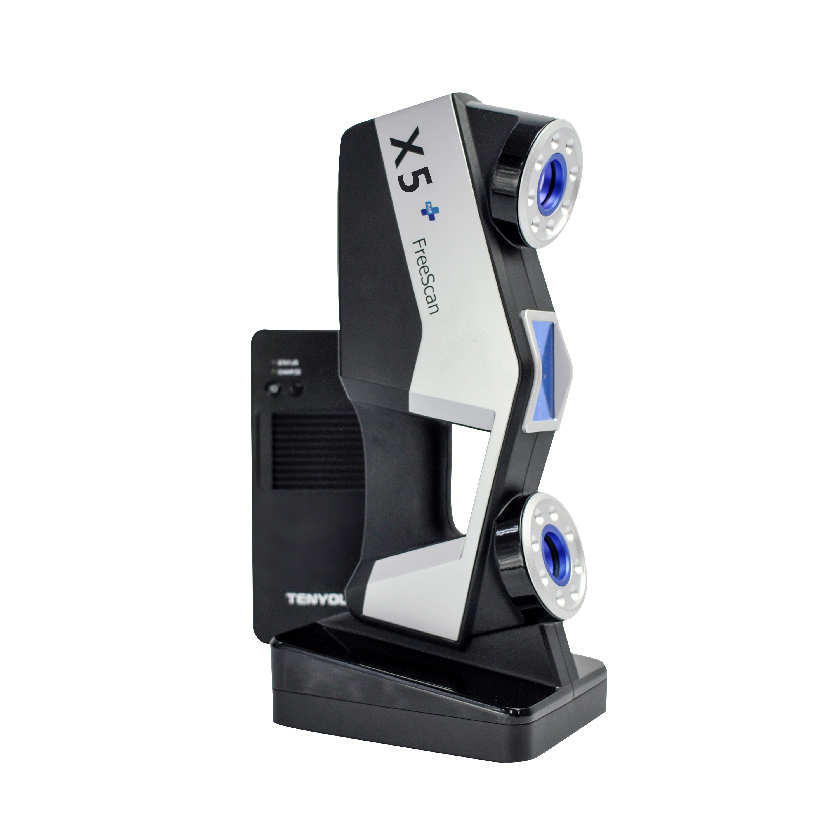 Scanning accuracy - from 0.01 mm in a stationary version and up to 2 mm at a distance of 25 meters for portable 3D scanners. The resulting digital model can be processed in any design and engineering programs: edit, measure, control geometry, compare with a CAD model, evaluate the state of elements, etc.
Scanning accuracy - from 0.01 mm in a stationary version and up to 2 mm at a distance of 25 meters for portable 3D scanners. The resulting digital model can be processed in any design and engineering programs: edit, measure, control geometry, compare with a CAD model, evaluate the state of elements, etc.
Variants of using industrial 3D scanners in the manufacturing sector:
- Layout of workshops, warehouses, communications. The scanner can create a digital model of a room or an object outside, correct, change the design. It is used during reconstruction, installation of new equipment, laying of communications.
- Product quality control. To perform a specific operation, a scanner of the required accuracy is selected, which can then be used automatically: check dimensions, dimensions, holes, rounding, alignment and other parameters.
- Industrial design. The digital model of any object can be edited, a new design can be created.
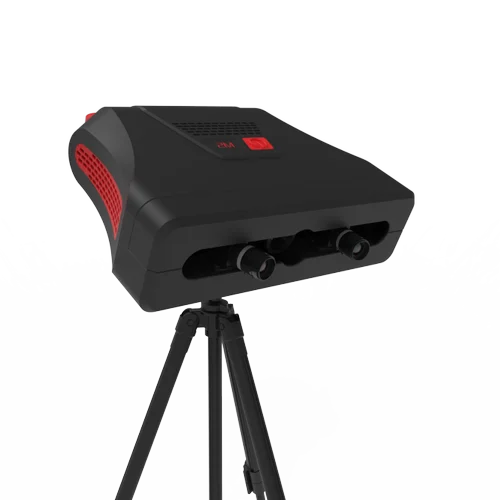
- Reverse simulation. Scanning and digitization of large objects, industrial equipment, metal structures. Digital models can be modified in specialized programs, measurements can be taken, and changes can be made to the design.
- Creation of tooling for making casting molds. The scanner provides accurate scanning of the product, then the result is corrected and tooling for the manufacture of sand molds is produced on a CNC machine.
One of the universal solutions for 3D scanning is FARO FOCUS S70.
This is an accurate and easy-to-use device that automatically scans the area at a distance of up to 70 m. At a distance of up to 10 m, the scanner creates digital models of objects with an accuracy of 1 mm, at a distance of 25 m - up to 2 mm.



